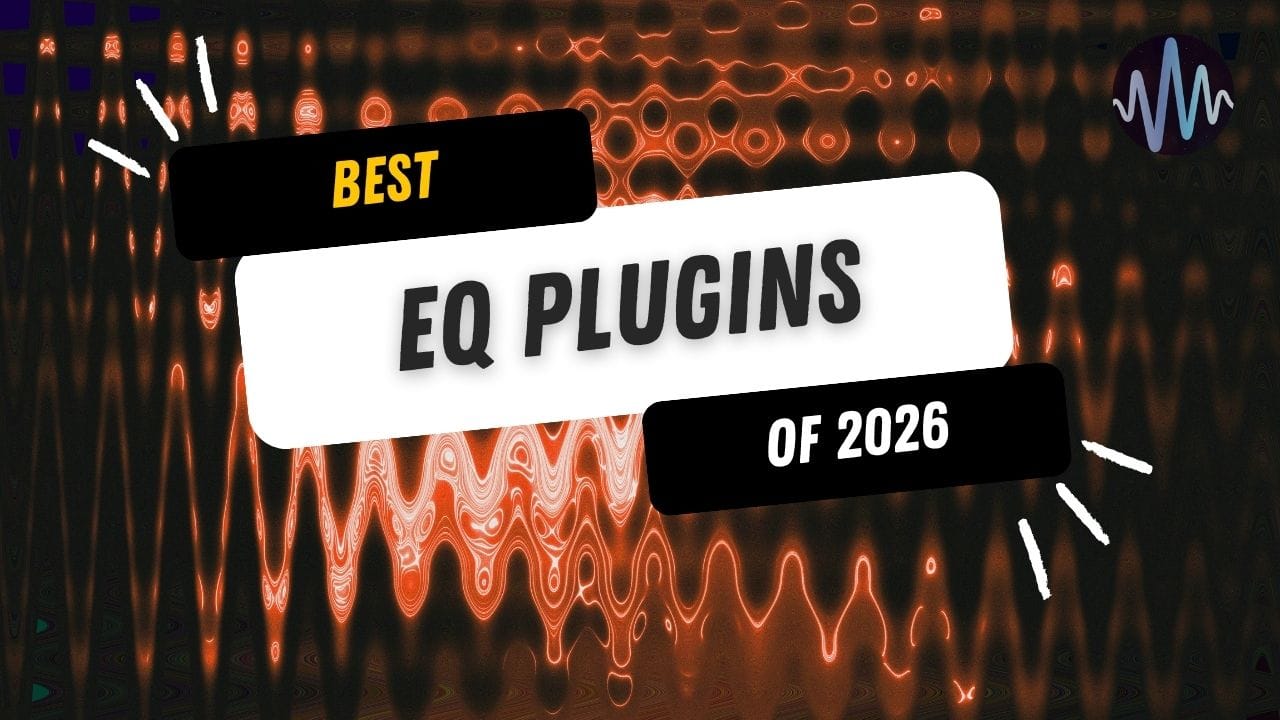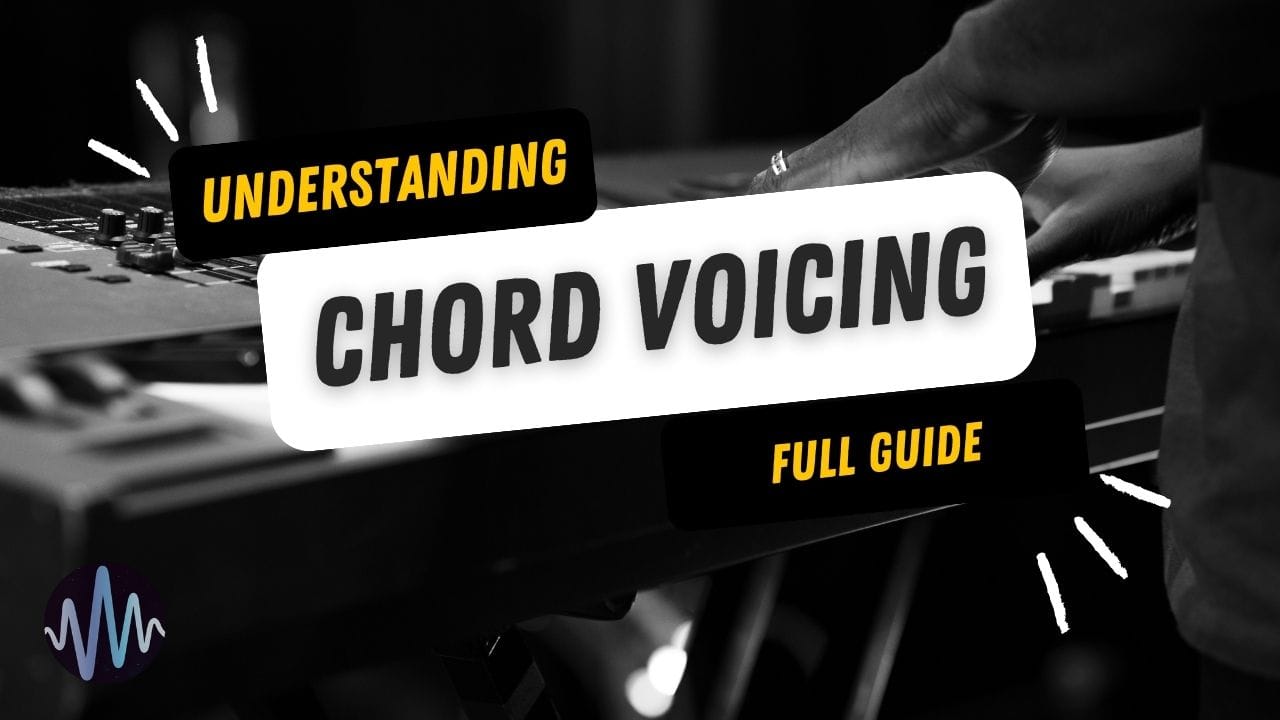Who hasn't envied or criticized a Top 40 hit for sounding too commercial, yet secretly admired the unique blend of melodies, rhythms, and textures that make them unforgettable? At their core, synthesizers play a pivotal role, offering a vast palette of sounds.
In this blog, we unveil the secret synthesizer settings and production techniques behind these hits. From tweaking classic analog synths to harnessing modern digital powerhouses, we'll briefly explore how top producers craft the iconic sounds that define contemporary music.
The Basic Anatomy of a Hit Synth Sound
Fundamentals of Synthesis
Understanding the core principles of synthesis is essential for unlocking the secrets of hit synth sounds. Synthesis is the art of creating sound from electronic signals, and it comes in several flavors:
- Subtractive Synthesis: Carving out harmonics from a rich oscillator waveform using filters to shape the sound.
- Additive Synthesis: Building complex sounds by layering simple sine waves at various frequencies.
- FM Synthesis (Frequency Modulation): Using the frequency of one waveform to modulate another, creating rich harmonic content.
- Wavetable Synthesis: Scanning through a series of waveforms to produce dynamic sonic textures.
- Granular Synthesis: Splitting sound into tiny grains and then rearranging and processing them to create new textures.
Each synthesis type offers unique pathways to sound creation, from lush pads and sharp leads to deep basses.
The Art of Preset Customization
While many chart-topping synth parts begin with presets, the true artistry is in the customization:
Preset Selection
- Foundational Tone: Choosing a preset that closely aligns with the intended sound, serving as the initial canvas for further customization.
- Strategic Considerations: Selecting based on the track's genre, mood, and sonic texture needs, whether it's a deep bass, a sharp lead, or a rich pad.
Parameter Adjustment
- Oscillator Types:
- Switching between waveform types (sawtooth, square, sine, triangle) to alter the fundamental character of the sound.
- Layering oscillators at different octaves or detuning them slightly for a fuller, richer tone.
- Filter Cutoff and Resonance:
- Adjusting the filter cutoff to control the brightness and presence of the sound within the mix.
- Modifying resonance to emphasize certain frequencies, adding a distinct character or bite.
- Envelope Settings (ADSR):
- Tweaking the attack time to alter the initial impact of the sound, from soft and gradual to fast and punchy.
- Adjusting decay and sustain levels to shape the sound's body and tail, ensuring it complements the track's dynamics.
- Refining the release time to control how the sound fades out, affecting the overall feel and rhythm.
- Effects Application:
- Applying reverb for spatial depth, making the sound feel more alive and placed within a virtual space.
- Using delay to add rhythmic complexity and texture, enhancing the sound's movement and interest.
- Incorporating chorus for a thicker, more lush sound, creating a sense of width and ensemble.
- Adding distortion for edge and grit, making the sound more aggressive and prominent in the mix.
Through this detailed process of preset customization, producers breathe life into their tracks, ensuring that each sound not only fits perfectly within the composition but also carries a piece of their unique sonic fingerprint. This blend of technical precision and creative vision is what sets apart the memorable tracks in the crowded landscape of Top 40 hits.

Mastery of Modulation
Modulation is the heartbeat of dynamic sound design, breathing life into static synth patches:
- LFOs (Low-Frequency Oscillators): Adding rhythmic movement to parameters like pitch, volume, or filter cutoff.
- Envelope Generators: Shaping the amplitude or filter characteristics over time to add expressiveness.
- Mod Wheels and Aftertouch: Providing real-time control over modulation for expressive performance nuances.
Through skillful modulation, producers impart texture and motion, turning simple sounds into complex auditory experiences.
Strategic Layering and Texturing
Bass Layers: Crafting the Foundation
- Objective: The goal of bass layers is to infuse the track with warmth and depth, serving as the sonic bedrock upon which the rest of the composition rests.
- Technical Approach: This often involves using a bass-heavy patch, possibly from a Moog Sub 37 or a Roland TB-303, dialed in with a focus on low-end frequencies. Producers might layer a sine wave for its pure, fundamental tone beneath a more complex waveform, like a sawtooth or square wave, to add texture and presence. The use of side-chain compression, particularly with the kick drum, ensures that the bass pulsates in rhythm, carving out a dynamic space within the mix.
- Example Settings: A low-pass filter with a slight resonance can accentuate the warmth of the bass, while an envelope with a moderate attack and release helps to shape the sound's articulation, making it both heard and felt.
Mid-Range Layers: Filling the Sonic Spectrum
- Objective: The mid-range is crucial for adding body and richness to the track, bridging the gap between the bass and high frequencies. This layer carries the core harmonic content and often the key melodic elements.
- Technical Approach: Utilizing polyphonic synths like the Korg Minilogue or software equivalents, producers can layer pads, chords, and stabs to fill the mid-range. Detuning oscillators slightly can create a fuller, more expansive sound. Applying a band-pass filter can help isolate this mid-range, ensuring it adds body without muddying the bass or encroaching on the clarity of higher frequencies.
- Example Settings: Moderate reverb and chorus effects enhance the texture without overwhelming the mix. Dynamic EQ and careful panning help these elements sit well with one another, ensuring a cohesive sound.
High-Frequency Layers: Adding Clarity and Sheen
- Objective: The high-frequency layers are essential for adding definition, clarity, and sparkle to the mix, capturing the listener's attention and conveying the emotional nuances of the track.
- Technical Approach: This can involve the use of digital synths like the Access Virus TI or the Yamaha DX7 to create crystalline leads, airy pads, or shimmering arpeggios that occupy the upper echelons of the sound spectrum. High-pass filters are often employed to ensure these high frequencies don't clash with the mid-range or bass.
- Example Settings: A touch of delay and bright reverb can make these high-frequency sounds gleam, while subtle modulation, like a slow LFO on a high-pass filter cutoff, adds interest and movement, making the high end of the mix come alive.
This layered approach not only enhances the texture and complexity of the production but also ensures that the track translates well across various listening environments, from club sound systems to smartphone speakers.
Unpacking Synth Techniques in Top Hits
Crafting Iconic Leads and Basslines
- Example: Daft Punk's "Get Lucky"
- Synth Characteristics: The fusion of vintage analog sounds with modern production.
- Technical Insight: Utilizing analog synths like the Roland Juno-106, tweaking oscillator settings, and employing a mix of low-pass filters with subtle resonance to achieve that warm, groovy bassline and crisp lead.
Embracing Retro with Modern Flair
- Example: The Weeknd's "Blinding Lights"
- Synth Characteristics: A quintessential 80s vibe achieved through bright, punchy synth leads.
- Technical Insight: Sawtooth waveforms paired with chorus and reverb effects, modulating filter cutoffs with a high resonance setting for that sparkling lead tone.
Layering for Lush Textures
- Example: Calvin Harris's Productions
- Synth Characteristics: Dense, multi-layered synth landscapes.
- Technical Insight:
- Utilizing both software and hardware synths.
- Careful EQing to carve out space for each layer.
- Strategic side-chain compression to ensure clarity and punch.
Minimalist Bass with Maximum Impact
- Example: Billie Eilish's "Bad Guy" (Produced by Finneas)
- Synth Characteristics: Subdued yet potent bass tones that define the track's mood.
- Technical Insight:
- Combining synthesized bass with real-world sampled sounds.
- Employing subtle modulation to add texture.
- Focus on simplicity, using sparse notes for a more pronounced impact.
Creating Emotional Depth
- Example: Zedd's "Clarity"
- Synth Characteristics: Emotionally charged synth lines that drive both melody and harmony.
- Technical Insight:
- Extensive use of side-chain compression for dynamic pulsing effects.
- Layering different synth textures to achieve a rich, full-bodied sound.
- Precise modulation of pitch and filter settings to enhance emotional expression.
Technical Synth Parameters That Make a Difference
- Oscillator Settings: The choice between sawtooth, square, sine, and triangle waves significantly influences the timbre.
- Filter Modulation: Using low-pass, high-pass, band-pass, and notch filters to sculpt the sound, often modulated by LFOs or envelope followers for dynamic movement.
- Envelope Shaping: ADSR (Attack, Decay, Sustain, Release) parameters are crucial for defining the character of a sound, from sharp staccato to smooth legato transitions.
- Effects Processing: Strategic use of reverb, delay, chorus, and distortion effects to add depth, space, and character to the synth sounds.
Final Words
The synthesis in Top 40 hits is a blend of technical knowledge and creative experimentation. By analyzing the sound design choices of industry titans, aspiring producers can gain valuable insights into the nuanced world of synth programming and production techniques. The key lies in understanding the foundational elements of synthesis, from waveform selection to intricate modulation, and applying these principles in innovative ways to discover your unique sound.







Comments